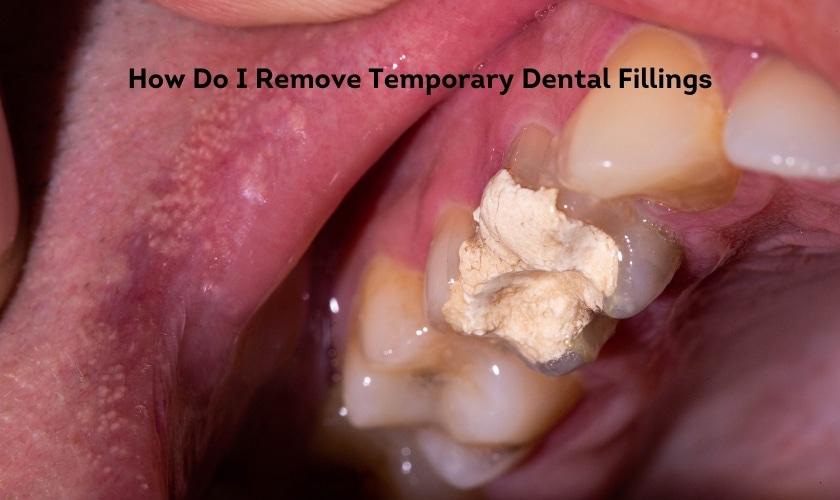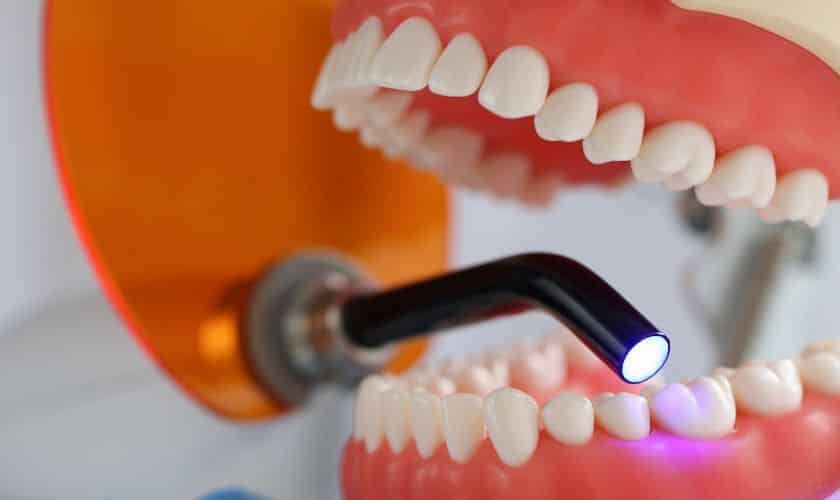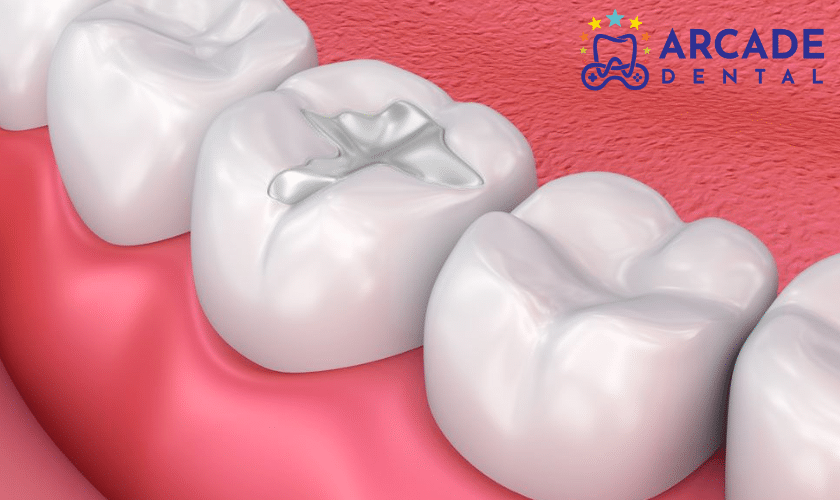
When it comes to your child’s dental health, ensuring proper dental care is essential to their overall well-being. Dental fillings for kids are a common dental procedure that helps treat cavities and maintain oral health. In this article, we will delve into the importance of dental fillings for children, the different types of fillings available, the procedure, and aftercare.
Understanding Dental Fillings for Kids
Dental fillings are a restorative procedure used to treat cavities and repair damaged teeth. In children, tooth decay is a common concern, and early detection is crucial to prevent further complications. Dental fillings help restore the affected tooth’s structure, preventing the decay from spreading and protecting it from additional damage.
Signs of Cavities in Children
Identifying cavities in children can be challenging, as they may not always complain of pain. Watch out for signs such as tooth sensitivity, visible holes or pits in the teeth, difficulty in chewing, or persistent bad breath. Regular dental check-ups are vital to catch cavities early and treat them effectively.
Importance of Early Dental Care
Early dental care sets the foundation for a lifetime of good oral health. Teaching your child proper brushing and flossing techniques from a young age can significantly reduce the risk of cavities. Regular visits to the dentist should begin as soon as the first tooth appears.
Types of Dental Fillings for Kids
- Amalgam Fillings
Amalgam fillings, also known as silver fillings, have been used for decades. They are durable and cost-effective but are silver in color, which may not be aesthetically pleasing for some children.
- Composite Fillings
Composite fillings are tooth-colored and blend seamlessly with the natural tooth, making them a popular choice for visible teeth. They are durable and ideal for small to medium-sized cavities.
- Stainless Steel Crowns
Stainless steel crowns are used for extensive cavities in primary teeth. They are durable and provide excellent protection for the affected tooth.
- Glass Ionomer Fillings
Glass ionomer fillings release fluoride over time, which can help prevent further decay. They are suitable for small cavities and may be less durable than other filling types.
How Are Dental Fillings Placed in Kids?
- Preparing Your Child for the Procedure: Before the dental filling procedure, it is essential to talk to your child about what to expect. Address their concerns and reassure them that the process is quick and generally painless.
- The Filling Process: During the procedure, the dentist will remove the decayed part of the tooth, clean the area, and then fill the cavity with the chosen filling material.
- Post-Procedure Care: After the filling is placed, your child may experience some sensitivity. Encourage them to follow proper oral hygiene and avoid sticky or hard foods for a few days.
Ensuring a Positive Dental Experience for Your Child
To ensure a positive dental experience, choose a pediatric dentist who specializes in treating children. They create a child-friendly environment that helps ease anxiety and fear.
The Role of Diet in Preventing Cavities:
Limit sugary snacks and drinks in your child’s diet to reduce the risk of cavities. Encourage a balanced diet rich in fruits, vegetables, and calcium-rich foods.
Tips for Maintaining Your Child’s Oral Health:
Regularly brush and floss your child’s teeth and schedule dental check-ups every six months. Be a role model for good oral hygiene habits.
Dental fillings for kids play a vital role in maintaining their dental health. Early detection and treatment of cavities are essential to prevent further complications. By choosing the right dental filling material and ensuring proper oral hygiene, you can help your child maintain a healthy and happy smile.




